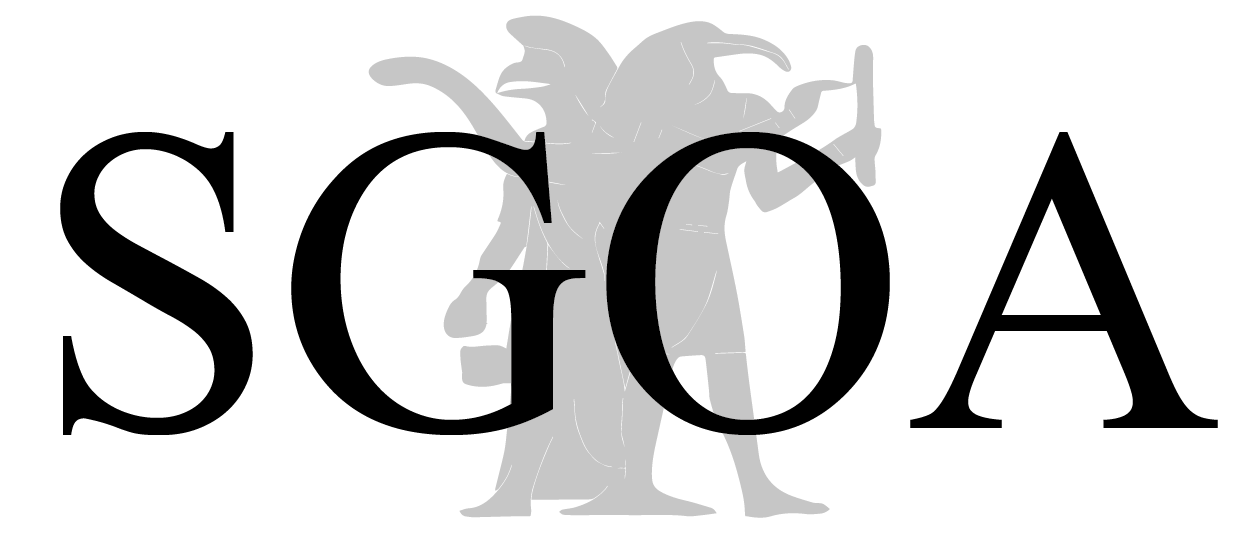OBO 259 – Julia M. Asher-Greve & Joan Goodnick Westenholz (Hg.) / Goddesses in Context
.
Goddesses in Context examines from different perspectives some of the most challenging themes in Mesopotamian religion such as gender switch of deities and changes of the status, roles and functions of goddesses. The authors incorporate recent scholarship from various disciplines into their analysis of textual and visual sources, representations in diverse media, theological strategies, typologies, and the place of image in religion and cult over a span of three millennia.
Different types of syncretism (fusion, fission, mutation) resulted in transformation and homogenization of goddesses’ roles and functions. The processes of syncretism (a useful heuristic tool for studying the evolution of religions and the attendant political and social changes) and gender switch were facilitated by the fluidity of personality due to multiple or similar divine roles and functions.
Few goddesses kept their identity throughout the millennia. Individuality is rare in the iconography of goddesses while visual emphasis is on repetition of generic divine figures (hieros typos) in order to retain recognizability of divinity, where femininity is of secondary significance.
The book demonstrates that goddesses were never marginalized or extrinsic and that their continuous presence in texts, cult images, rituals, and worship throughout Mesopotamian history is testimony to their powerful numinous impact.
This richly illustrated book is the first in-depth analysis of goddesses and the changes they underwent from the earliest visual and textual evidence around 3000 BCE to the end of ancient Mesopotamian civilization in the Seleucid period. Goddesses in Context is a compelling contribution to Mesopotamian religion and history as well as to history, art history, history of religion and gender studies.
Julia M. Asher-Greve received her doctorate in Near Eastern Archaeology, Assyriology, and Classical Archaeology from the University of Basel (Switzerland). She co-directed an interdisciplinary research program funded by the Swiss National Science Foundation and has lectured at several universities. She was a Research Fellow and Visiting Lecturer at Harvard University Women’s Studies in Religion Program. The focus of her research is on gender analysis, inter-disciplinary studies, historiography (Wissenschaftsgeschichte), andBildwissenschaft. Her interest in women studies began with her dissertation on Sumerian women (published 1985) and she has pioneered the incorporation of gender theory into Ancient Near Eastern studies. She is co-founder and one of the editors of NIN – Journal of Gender Studies in Antiquity. Her publications comprise studies on theory and application, women, gender roles and relations, goddesses, the body, Gertrude Bell, and Semiramis from antiquity to the twentieth century AD.
The late Joan Goodnick Westenholz received her PhD in Near Eastern Languages and Literatures from the University of Chicago. She served for twenty years as Chief Curator at the Bible Lands Museum in Jerusalem and was Senior Research Associate on the Assyrian Dictionary Project of the Oriental Institute at the University of Chicago (CAD). She was Research Fellow and Visiting Lecturer at Harvard University Women’s Studies in Religion Program, Research Fellow at the Internationales Kolleg für Geisteswissenschaftliche Forschung “Dynamiken der Religionsgeschichte zwischen Asien und Europa“ at Ruhr University Bochum (Germany), Visiting Research Scholar at the Institute for the Study of the Ancient World at New York University, Member at the Institute of Advanced Studies at Princeton University, and at the time of her death National Endowment for the Humanities Fellow at the W. F. Albright Institute of Archaeological Research at Jerusalem. Her research and numerous publications comprise studies on various aspects of religion, society, literature, lexicography and several ground-breaking articles on gender, goddesses, and women. She was a pioneer of gender analysis in Ancient Near Eastern studies and with a group of colleagues founded and edited the inter-disciplinary NIN – Journal of Gender Studies in Antiquity.
2013, Seiten XII-454,
ISBN 978-3-7278-1738-0
Buchbestellung
Peeters Publishers
Download Volltext
ZORA (Zurich Open Repository and Archive)


